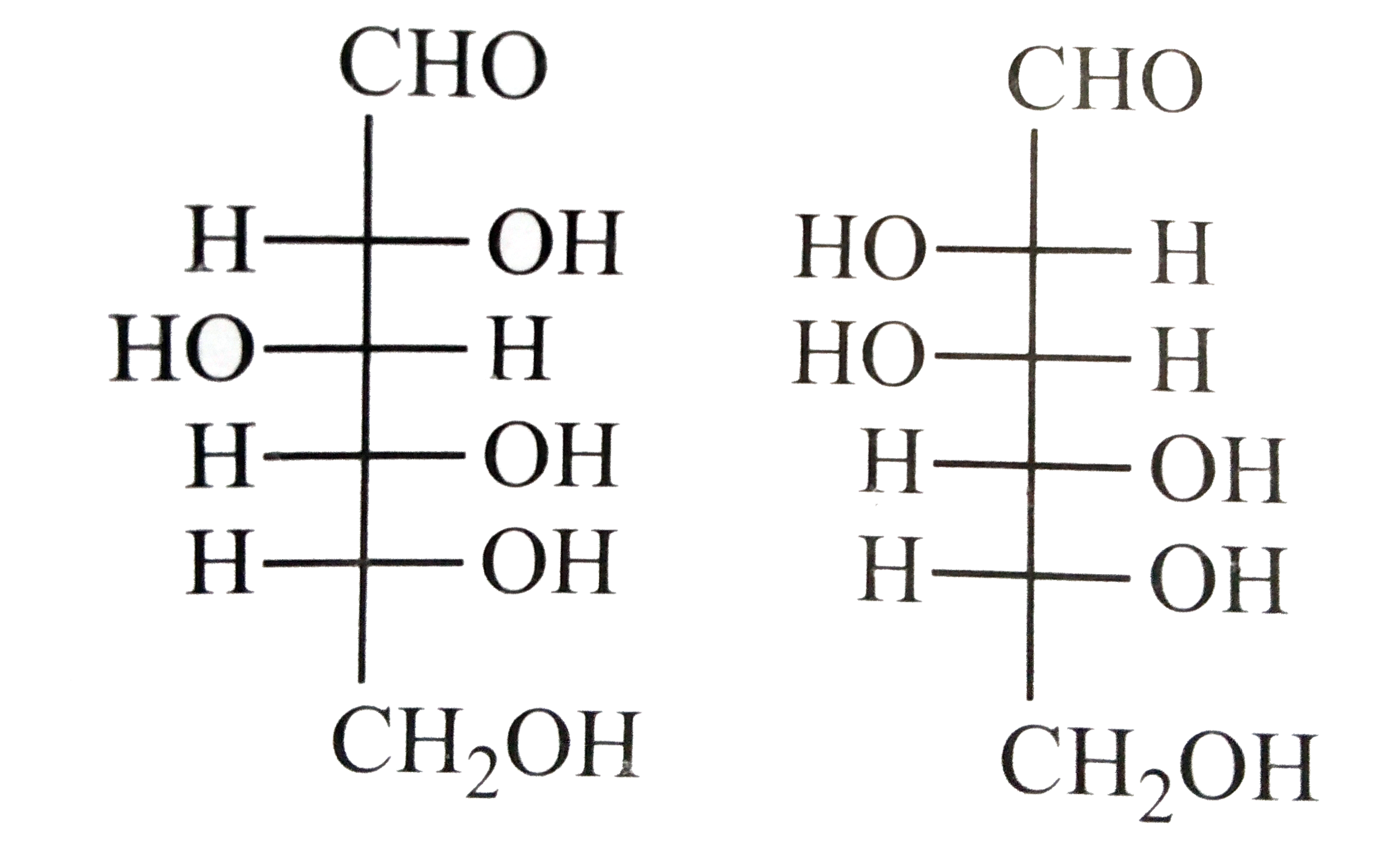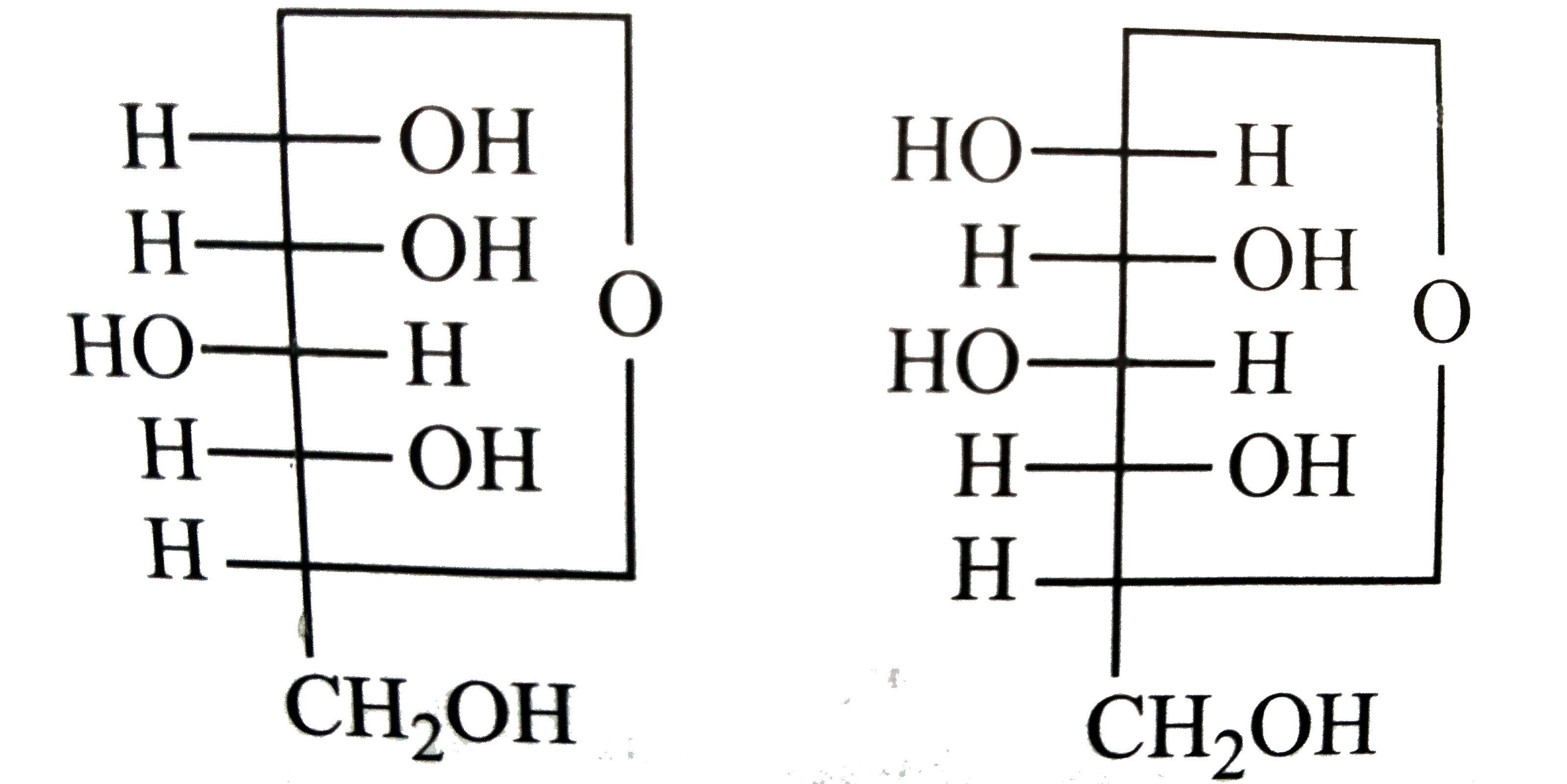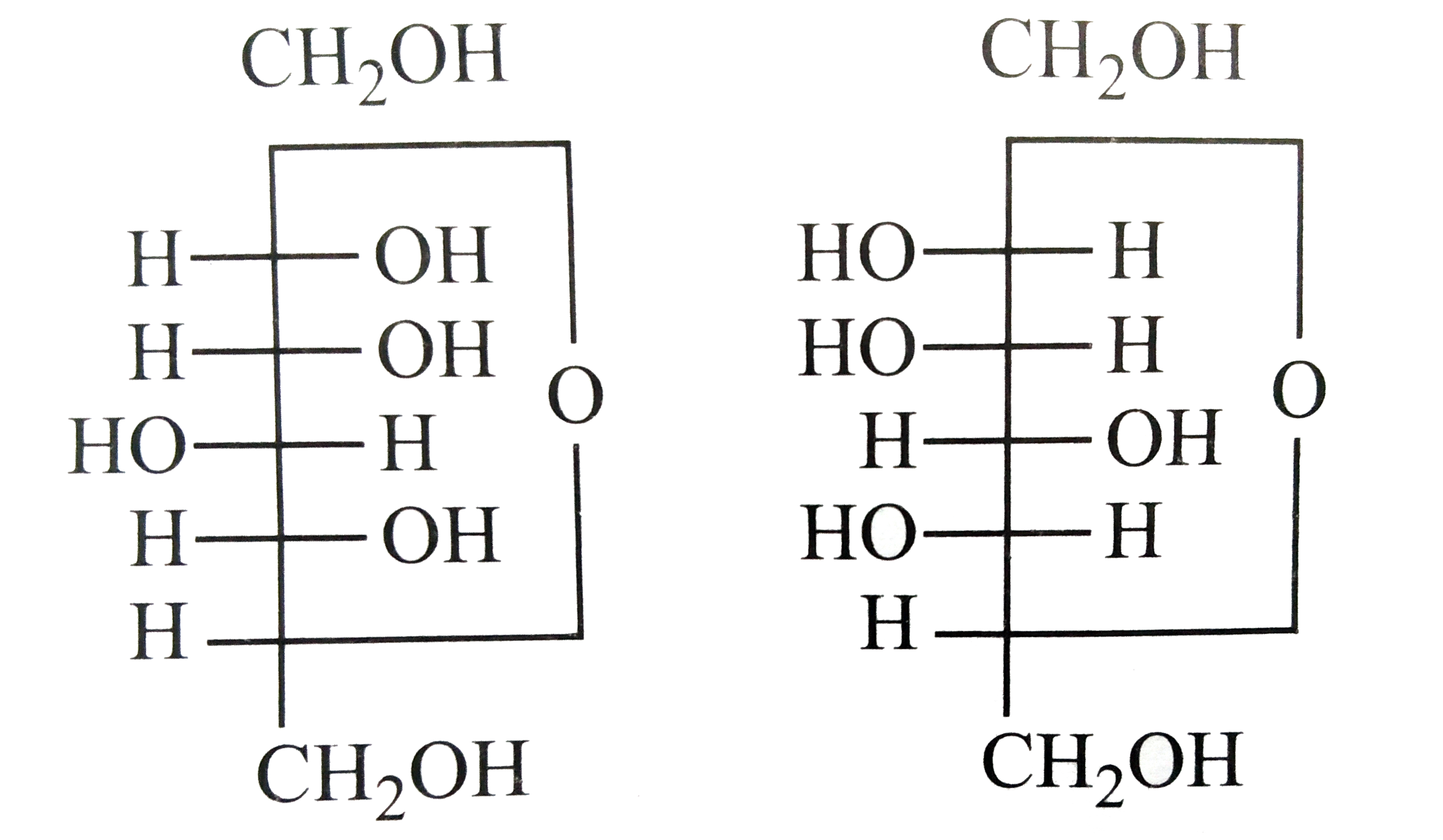Which of the following pairs represents isobars?
.19K40 and .11Na23
.2He3 and .2He4
.12Mg24 and .12Mg25
.19K40 and .20Ca40
The correct Answer is:D
To determine which of the following pairs represents isobars, we need to understand the definition of isobars. Isobars are atoms of different elements that have the same atomic mass (mass number) but different atomic numbers.
1. Understand the Definition of Isobars:
- Isobars are nuclei with the same mass number (total number of protons and neutrons) but different atomic numbers (number of protons).
2. Analyze Each Option:
- Option 1: Potassium (K) with mass number 40 and Sodium (Na) with mass number 23.
- These do not have the same mass number. Therefore, this pair cannot be isobars.
- Option 2: Helium (He) with mass number 3 and Helium (He) with mass number 4.
- Both are the same element (Helium), so they cannot be isobars. Isobars must be different elements.
- Option 3: Magnesium (Mg) with mass number 24 and Magnesium (Mg) with mass number 25.
- Again, these are both Magnesium, so they cannot be isobars.
- Option 4: Potassium (K) with mass number 40 and Calcium (Ca) with mass number 40.
- Both have the same mass number (40) but different atomic numbers (K has atomic number 19 and Ca has atomic number 20). Therefore, this pair is indeed isobars.
3. Conclusion:
- The correct answer is Option 4: Potassium (K) and Calcium (Ca) are isobars.
- Isobars are nuclei with the same mass number (total number of protons and neutrons) but different atomic numbers (number of protons).
- Option 1: Potassium (K) with mass number 40 and Sodium (Na) with mass number 23.
- These do not have the same mass number. Therefore, this pair cannot be isobars.
- Option 2: Helium (He) with mass number 3 and Helium (He) with mass number 4.
- Both are the same element (Helium), so they cannot be isobars. Isobars must be different elements.
- Option 3: Magnesium (Mg) with mass number 24 and Magnesium (Mg) with mass number 25.
- Again, these are both Magnesium, so they cannot be isobars.
- Option 4: Potassium (K) with mass number 40 and Calcium (Ca) with mass number 40.
- Both have the same mass number (40) but different atomic numbers (K has atomic number 19 and Ca has atomic number 20). Therefore, this pair is indeed isobars.
- The correct answer is Option 4: Potassium (K) and Calcium (Ca) are isobars.
Topper's Solved these Questions
- NUCLEAR CHEMISTRYBOOK - CENGAGE CHEMISTRY ENGLISHCHAPTER - NUCLEAR CHEMISTRYEXERCISE - Exercises Assertion-Reasoning
14 Videos
- NUCLEAR CHEMISTRYBOOK - CENGAGE CHEMISTRY ENGLISHCHAPTER - NUCLEAR CHEMISTRYEXERCISE - Exercise Fill In The Blanks
30 Videos
- NUCLEAR CHEMISTRYBOOK - CENGAGE CHEMISTRY ENGLISHCHAPTER - NUCLEAR CHEMISTRYEXERCISE - Exercises Multiple Correct
26 Videos
- NCERT BASED EXERCISEBOOK - CENGAGE CHEMISTRY ENGLISHCHAPTER - NCERT BASED EXERCISEEXERCISE - Nuclear Chemistry (NCERT Exercise)
29 Videos
- ORGANIC COMPOUNDS WITH FUNCTIONAL GROUPBOOK - CENGAGE CHEMISTRY ENGLISHCHAPTER - ORGANIC COMPOUNDS WITH FUNCTIONAL GROUPEXERCISE - Archives Analytical And Descriptive
24 Videos
Similar Questions
Knowledge Check
Which of the following pairs represents anomers ?
A B
B C
C D
D
Which of the following pairs represents linkage isomers?
View SolutionWhich of the following pairs represents constitutional isomers ?
View SolutionWhich one of the following pair represents stereo isomerism :-
View SolutionWhich of the following pairs represent of the same physical quantities?
View SolutionWhich one of the following pairs represent stereoisomerism?
View SolutionWhich of the following pair is correct ?
View SolutionWhich of the following pair is correct ?
View Solution
